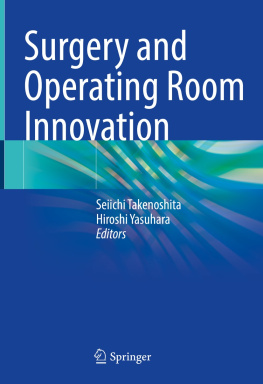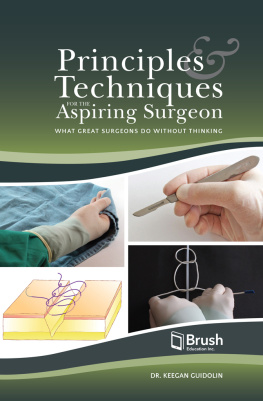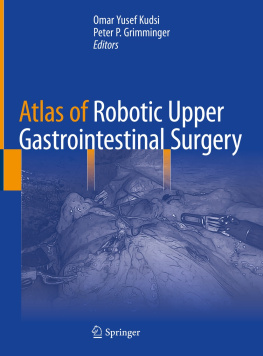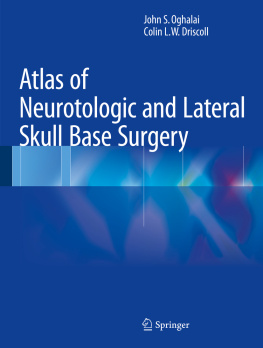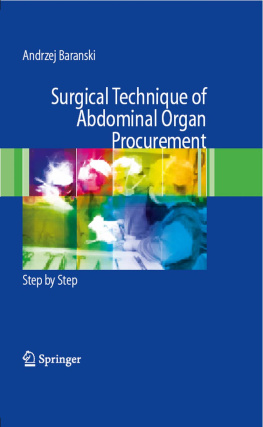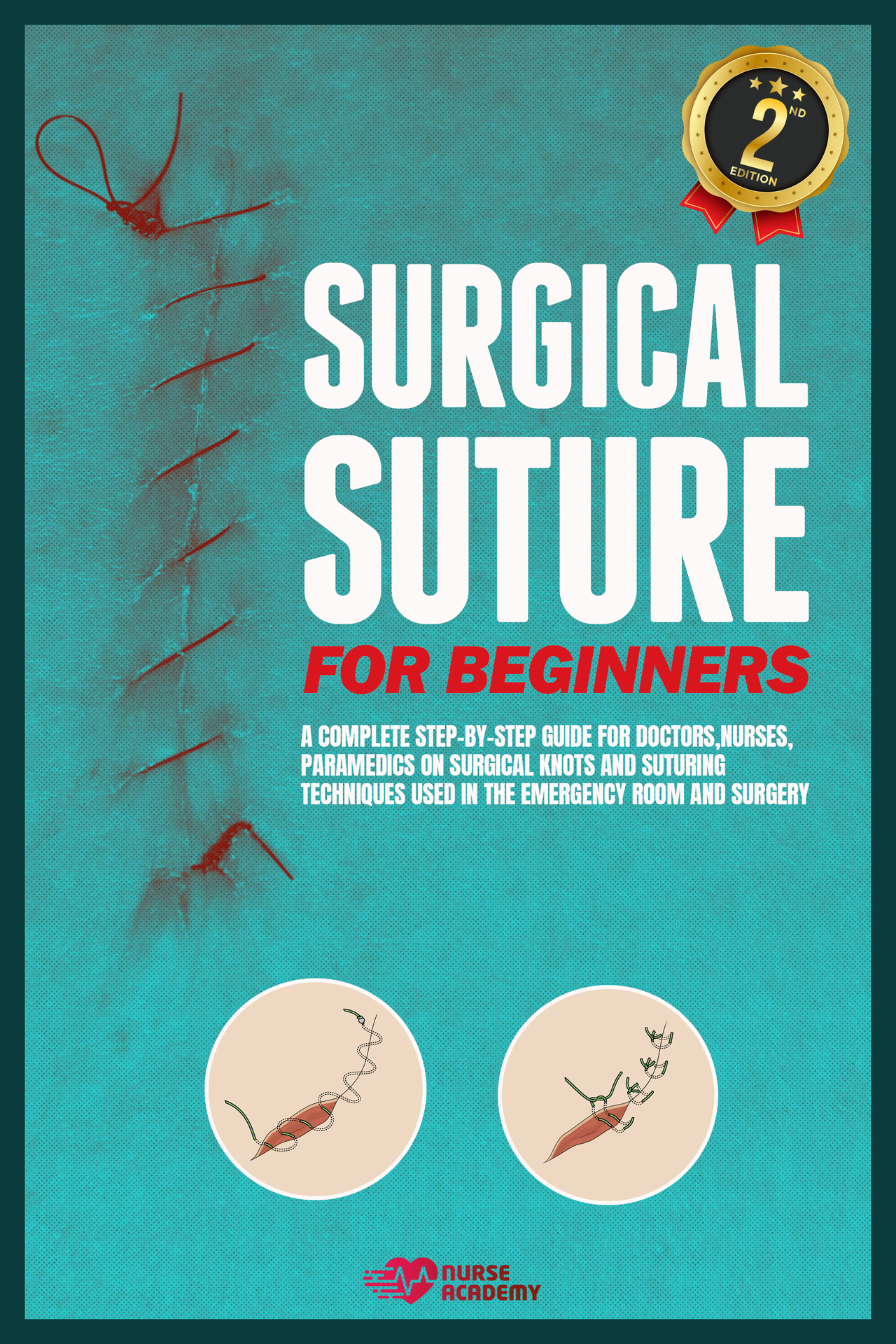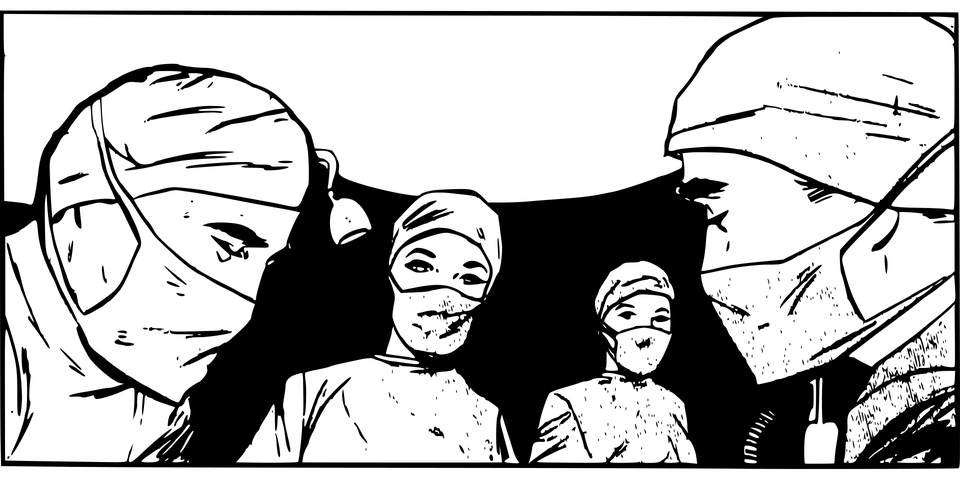Surgical Suture for Beginners
A complete step-by-step guide for doctors, nurses, paramedics on surgical knots and suturing techniques used in the emergency room and surgery
Copyright 2021 by Nurse Academy - All rights reserved.
The following Book is reproduced below with the goal of providing information that is as accurate and reliable as possible. Regardless, purchasing this Book can be seen as consent to the fact that both the publisher and the author of this book are in no way experts on the topics discussed within and that any recommendations or suggestions that are made herein are for entertainment purposes only. Professionals should be consulted as needed prior to undertaking any of the action endorsed herein.
This declaration is deemed fair and valid by both the American Bar Association and the Committee of Publishers Association and is legally binding throughout the United States.
Furthermore, the transmission, duplication, or reproduction of any of the following work including specific information will be considered an illegal act irrespective of if it is done electronically or in print. This extends to creating a secondary or tertiary copy of the work or a recorded copy and is only allowed with the express written consent from the Publisher. All additional right reserved.
The information in the following pages is broadly considered a truthful and accurate account of facts and as such, any inattention, use, or misuse of the information in question by the reader will render any resulting actions solely under their purview. There are no scenarios in which the publisher or the original author of this work can be in any fashion deemed liable for any hardship or damages that may befall them after undertaking information described herein.
Additionally, the information in the following pages is intended only for informational purposes and should thus be thought of as universal. As befitting its nature, it is presented without assurance regarding its prolonged validity or interim quality. Trademarks that are mentioned are done without written consent and can in no way be considered an endorsement from the trademark holder.
Download the Audio Book Version of This Book for FREE
If you love listening to audio books on-the-go, I have great news for you. You can download the audio book version of this book for FREE just by signing up for a FREE 30-day audible trial! See below for more details!
Audible Trial Benefits
As an audible customer, you will receive the below benefits with your 30-day free trial:
- FREE audible book copy of this book
- After the trial, you will get 1 credit each month to use on any audiobook
- Your credits automatically roll over to the next month if you dont use them
- Choose from Audibles 200,000 + titles
- Listen anywhere with the Audible app across multiple devices
- Make easy, no-hassle exchanges of any audiobook you dont love
- Keep your audiobooks forever, even if you cancel your membership
- And much more
Click the links below to get started!
For Audible US
For Audible UK
For Audible FR
For Audible DE
Introduction
Surgical and severe wounds with sutures and related materials were sealed for decades, but it was only with the advent of local anesthesia 130 years ago that doctors were able to switch from relying on the quickest suture positioning procedure to some of the most effective ones. A paradigm change has occurred from William Halsted's promotion of a buried suture methodology in the late nineteenth century towards contemporary publications on the subtleties of suture placement & tissue handling, with a growing awareness that there are several approaches possible for any suture placement, and that this option may affect performance.
The main theory of suture positioning is to transfer strain as profoundly as possible in the surgical cut, and therefore, adhering to this approach contributes directly to better patient performance, both technically and esthetically. Pressure contributes to higher scarring around the superficial dermis; moving this stress to a deeper dermis or even the fascia, however suturing in a manner that holds the stress deep, helps wounds to heal in the most delicate of scars.
A surgical suture is a medical instrument used during an injury or surgery to tie body tissues together. In general, the application requires the use of a needle with an attached thread length. Over the centuries of its history, a variety of different shapes, sizes, and thread materials have been created. Usually, surgeons, psychiatrists, dentists, podiatrists, eye doctors, professional nurses, and all qualified nursing professionals, physicians, skilled pharmacists, and veterinarians participate in suturing. To protect the sutures, surgical knots are used.
Through flashy titles and multilettered acronyms, surgical history is rife with myriad procedures. Although the titles and acronyms of glamorous and enticing techniques are often desirable, they do nothing to define a strategy or put it within the broader sense of other simple and well-established methods. Besides, this pattern raises the likelihood that described earlier methods may simply be shed off, dressed up, and renamed as apparently new approaches, anything that only helps to raise uncertainty for the beginner and professional alike, because the creation of a shared vocabulary is an essential phase in enhancing strategies and thus performance. Surgical Suture for Beginners: Solutions to Surgical Wound, Laceration, and Cosmetic Treatments, where possible, uses descriptive titles for suture techniques, such that the name describes the essence of the procedure, at least somewhat. Also, methods are clarified in the sense of the current literature where appropriate. For instance, the "running looped suture" doesn't inform the reader of whatever the procedure implies, however referring to it as a "running locking horizontal mattress suture" instantly helps the reader, though in the absence of a multipage explanation, to grasp the methodological approach.
Independence has been taken in naming methods in the interests of continuity and creating a coherent and translatable nomenclature such that they make intuitive sense. For example, what's been described as the "modified tip stitch" in the literature is thus referred to it as the "modified vertical mattress tip stitch," and what has been originally referred to it as the "vertical mattress tip stitch" is instead referred to as the "hybrid mattress tip stitch." Once the reader understands the methods on which these stitches are centered, the value of the slight shift becomes obvious.
Chapter 1 : Armamentarium
Suture Material
S urgical sutures are used for the closing of so many types of wounds. The perfect suture must allow adequate regeneration of the healing tissue to hold the wound closed until it is extracted or absorbed.
Depending on tissue type, the time it takes for a tissue to no longer need assistance from sutures can vary:



